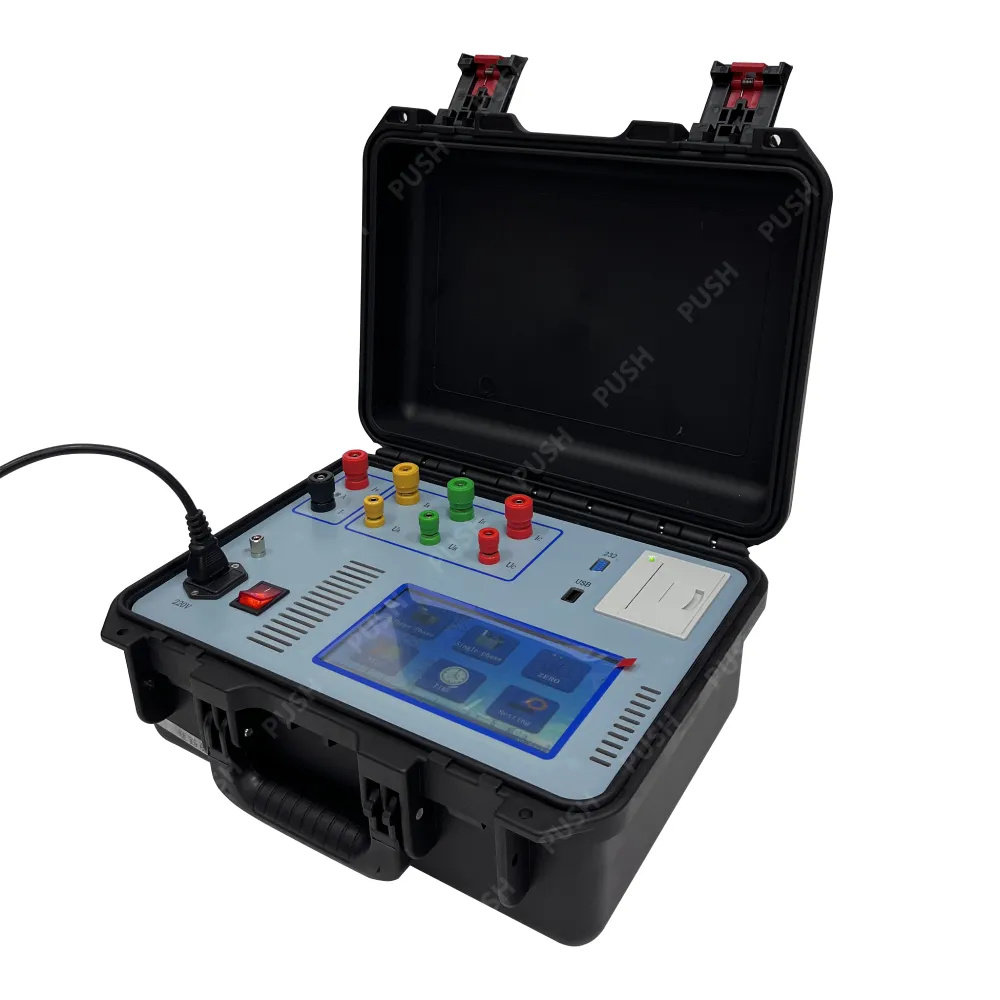 English
English



-
 Afrikaans
Afrikaans -
 Albanian
Albanian -
 Amharic
Amharic -
 Arabic
Arabic -
 Armenian
Armenian -
 Azerbaijani
Azerbaijani -
 Basque
Basque -
 Belarusian
Belarusian -
 Bengali
Bengali -
 Bosnian
Bosnian -
 Bulgarian
Bulgarian -
 Catalan
Catalan -
 Cebuano
Cebuano -
 China
China -
 China (Taiwan)
China (Taiwan) -
 Corsican
Corsican -
 Croatian
Croatian -
 Czech
Czech -
 Danish
Danish -
 Dutch
Dutch -
 English
English -
 Esperanto
Esperanto -
 Estonian
Estonian -
 Finnish
Finnish -
 French
French -
 Frisian
Frisian -
 Galician
Galician -
 Georgian
Georgian -
 German
German -
 Greek
Greek -
 Gujarati
Gujarati -
 Haitian Creole
Haitian Creole -
 hausa
hausa -
 hawaiian
hawaiian -
 Hebrew
Hebrew -
 Hindi
Hindi -
 Miao
Miao -
 Hungarian
Hungarian -
 Icelandic
Icelandic -
 igbo
igbo -
 Indonesian
Indonesian -
 irish
irish -
 Italian
Italian -
 Japanese
Japanese -
 Javanese
Javanese -
 Kannada
Kannada -
 kazakh
kazakh -
 Khmer
Khmer -
 Rwandese
Rwandese -
 Korean
Korean -
 Kurdish
Kurdish -
 Kyrgyz
Kyrgyz -
 Lao
Lao -
 Latin
Latin -
 Latvian
Latvian -
 Lithuanian
Lithuanian -
 Luxembourgish
Luxembourgish -
 Macedonian
Macedonian -
 Malgashi
Malgashi -
 Malay
Malay -
 Malayalam
Malayalam -
 Maltese
Maltese -
 Maori
Maori -
 Marathi
Marathi -
 Mongolian
Mongolian -
 Myanmar
Myanmar -
 Nepali
Nepali -
 Norwegian
Norwegian -
 Norwegian
Norwegian -
 Occitan
Occitan -
 Pashto
Pashto -
 Persian
Persian -
 Polish
Polish -
 Portuguese
Portuguese -
 Punjabi
Punjabi -
 Romanian
Romanian -
 Russian
Russian -
 Samoan
Samoan -
 Scottish Gaelic
Scottish Gaelic -
 Serbian
Serbian -
 Sesotho
Sesotho -
 Shona
Shona -
 Sindhi
Sindhi -
 Sinhala
Sinhala -
 Slovak
Slovak -
 Slovenian
Slovenian -
 Somali
Somali -
 Spanish
Spanish -
 Sundanese
Sundanese -
 Swahili
Swahili -
 Swedish
Swedish -
 Tagalog
Tagalog -
 Tajik
Tajik -
 Tamil
Tamil -
 Tatar
Tatar -
 Telugu
Telugu -
 Thai
Thai -
 Turkish
Turkish -
 Turkmen
Turkmen -
 Ukrainian
Ukrainian -
 Urdu
Urdu -
 Uighur
Uighur -
 Uzbek
Uzbek -
 Vietnamese
Vietnamese -
 Welsh
Welsh -
 Bantu
Bantu -
 Yiddish
Yiddish -
 Yoruba
Yoruba -
 Zulu
Zulu
hipot insulation tester
Understanding the Role of Hipot Insulation Testers in Electrical Safety
In the modern world, electrical safety is paramount, especially in industries that deal with complex machinery and high-voltage systems. One of the critical tools in ensuring electrical safety is the Hipot insulation tester. This device is designed to assess the integrity of insulation in electrical equipment, safeguarding both the operators and the machinery itself.
What is a Hipot Insulation Tester?
Hipot, short for high potential, testing involves applying a high voltage to the insulation of electrical components to determine whether it can withstand electrical stress without breaking down. Hipot insulation testers produce a voltage much higher than the equipment's operating voltage, which helps in identifying potential weaknesses in the insulation before the equipment is put into service.
These testers come in various forms, including AC, DC, and combined testers, which provide flexibility depending on the specific requirements of the equipment being tested. The primary function of a Hipot tester is to ensure that the insulation can handle unexpected conditions without failing, which is crucial for preventing short circuits and potential electrical fires.
Importance of Insulation Testing
Insulation testing plays a vital role in both the manufacturing and maintenance phases of electrical equipment. During production, manufacturers use Hipot testers to verify that the insulation meets safety standards and can protect against electrical faults. This testing helps in minimizing the risk of early failures, which can lead to costly repairs and compromised safety.
hipot insulation tester

In the field, regular insulation testing is essential for ongoing maintenance. Equipment exposed to environmental factors like moisture, heat, and mechanical stress can undergo degradation over time. Routine testing can help identify insulation deterioration before it leads to equipment failure or safety hazards.
Workflow of Hipot Testing
The testing process generally involves connecting the Hipot tester to the equipment and setting the appropriate voltage level. Depending on the type of Hipot tester used, technicians may perform AC (alternating current) or DC (direct current) tests.
1. Preparation Ensure the equipment is turned off and disconnected from the power source. 2. Setup Properly connect the Hipot tester leads to the equipment under test. 3. Testing Activate the tester, which applies the high voltage. The device measures the insulation resistance and any leakage current. 4. Interpretation Read the results, which indicate the condition of the insulation. A high resistance reading typically signifies good insulation, while a low reading could indicate potential failure.
Conclusion
In summary, Hipot insulation testers are indispensable tools in maintaining electrical safety across various industries. By ensuring that insulation can withstand high voltages and preventing electrical hazards, these testers help protect both personnel and equipment. As technology advances, the capabilities of Hipot testers continue to improve, offering more precise measurements and user-friendly interfaces. Therefore, understanding and implementing insulation testing can significantly enhance electrical safety protocols, leading to a more secure operational environment.
-
Ensuring SF₆ Gas Safety: Introducing PUSH’s Integrated SF₆ Analyzer for Dew Point, Purity, and Decomposition MonitoringNewsJul.10,2025
-
Exploring the Main Types of Industrial Endoscopes and Their Applications Across IndustriesNewsJul.04,2025
-
Testing Equipment Industry Sees Major Advancements in 2025: Smart & Precision Technologies Lead the WayNewsJun.06,2025
-
Applications of Direct Current Generators in Renewable Energy SystemsNewsJun.05,2025
-
Hipot Tester Calibration and Accuracy GuidelinesNewsJun.05,2025
-
Digital Circuit Breaker Analyzer Features and BenefitsNewsJun.05,2025



